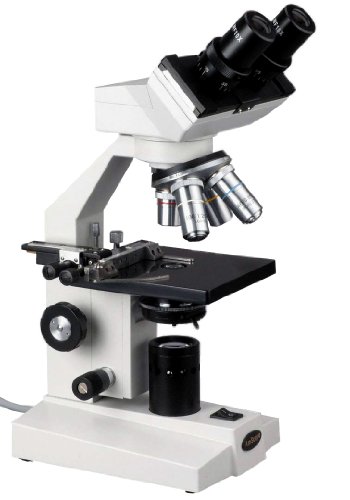A digital microscope camera is a necessity for those who want or need to be complex with micro photography. For instance, some hobbyists enjoy capturing images of minute objects. Others might need to do so because they're students in a biology or chemistry class. Still others might be expert scientists who take photos of the specimens they study. But regardless, before you buy your camera, you'll need to reconsider four foremost points.
Point #1: A definition. You should know that micro photography refers to the hobby or science of taking photographs with the aid of a microscope. Consequently, we're talking about photos of the tiniest of specimens. Clearly then, the two main things you'll need to do this are a microscope and the camera which attaches to the scope. For the most part, digital cameras for microscopes resemble any other digital cameras. However, they commonly have some kind of digital camera microscope adapter and a digital microscope camera eyepiece.
Microscope Camera Usb
Point #2: Your budget. There is a wide range of prices in this field, so you'll need to conclude what your budget will allow. While ability is of top importance, you don't want to go broke buying your microscope and / or camera.
Point #3: The someone / persons using the microscope / camera. Either this will be kids and / or students using it or more expert scientists matters a lot. The quality, along with prices, varies substantially. The economy setups are those which are totally integrated. That is, the camera is assuredly part of the microscope, together with its various optic parts. These units are portable, durable and affordable. However, they also typically have low magnification levels. Their typical use is for students in the classroom or for kids as kind of a fun hobby.
For the older hobbyist or more expert mind, there is the self-contained microscope camera. This is a microscope with digital camera which sits atop the all-purpose microscope. This is not that expensive, but has more flexibility with the camera zoom. At the high end is the digital camera which is separate yet, thanks to a extra adapter, attaches to a separate microscope. The expert will typically use this configuration, because it gives the maximum zooming ability and allows you to use extra viewing options.
Point #4: The extra accessories you'll need. There are separate accessories that are commonly needed to connect your camera to your microscope--and finally to your camera or monitor for viewing the images. One accessory is a extra stand which holds your camera and holds the specimen that you're studying. Other situations will have the camera mounted to the microscope, Either by placing an eyepiece on the camera or via a camera adapter.
Then, once you've taken pictures of the specimen, these images must be viewed someplace. Sometimes this could be on a video or computer monitor. This means you'll need the cable to connect the camera to the monitor and possibly a video law to description the images. More often, though, you'll connect your camera to a computer via an Usb port and cable. If you intend to do this, make sure, before you buy your digital microscope camera, that you have a spare Usb port.
If you use a stand-alone digital camera / adapter setup, you might need to conclude for viewing the image on the camera's Lcd screen while you capture the full-resolution picture onto your memory card. As long as you clearly understand these four points, you'll be able to make sure you take the right digital microscope camera for your purposes.
4 important Points in Buying Digital Cameras For Microscopes











